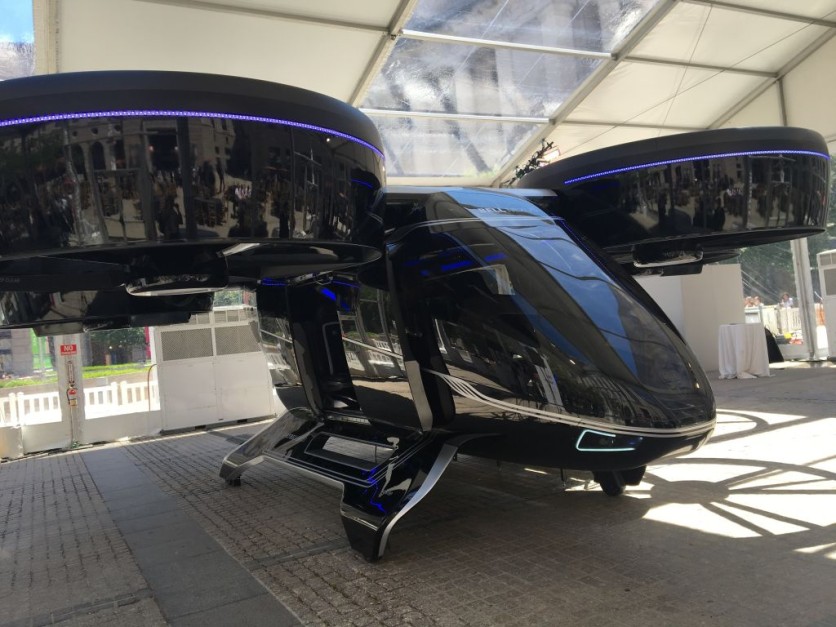Chinese automaker Zhejiang Geely Holding Group announced that its Aerofugia subsidiary successfully conducted a test flight of its flying car prototype, bringing the firm one step closer to its objective of bringing electric vertical take-off and landing (eVTOL) cars to market, according to a report by SCMP on Wednesday, Feb. 1.
The AE200-series eVTOL vehicle with a tilt-motor configuration underwent a test flight two months after receiving the nation's first license for a manned flying car.

Flying Car Project
According to Aerofugia, the flying vehicle can accommodate a pilot and four passengers, adding that it was built for secure and comfortable intercity and interurban transport.
Wang Ke, a senior consultant at Beijing-based consultancy Analysys, told SCMP that Geely's successful test flight demonstrates that the company has the necessary scientific and technical capabilities to realize the commercial potential of its flying car project.
However, Ke noted that China's flying car industry is still in its baby steps of development.
The two-seater X2 electric flying car's two-seater eVTOL unit, AeroHT, acquired a special permit to continue manned flights on the same day that Aerofugia's test flight was completed, according to an announcement made by EV producer Xpeng Motors.
According to Xpeng, this aids AeroHT's endeavors to advance the production of its sixth-generation eVTOL vehicles for the local market.
The AE200's current government permission enables its use for logistics, emergency medical services, and sightseeing, making it a viable substitute for a traditional car.
Urban Air Traffic Sector
According to a Morgan Stanley estimate released in 2021, the urban air traffic sector is expected to grow around $1.5 trillion by 2040, with China accounting for around 29% of the market.
To encourage the quick growth of its civil aviation sector, the Chinese government has been steadily easing limitations on low-altitude airspace, or airspace below 1,000 meters, according to SCMP.
In fact, the Ministry of Transport published a development plan in March 2022 that included flying cars as one of the key projects from 2021 to 2035.
SCMP notes that eVTOL vehicles currently being tested are geared to ease urban ground traffic congestion and cut greenhouse gas emissions. Toyota Motor in Japan has also been creating and testing flying vehicle prototypes hoping to take cars into the skies as well.
Related Article : A 'Carbon-Removing' Electric Vehicle? Students Created a Zem Prototype EV that Removes, Stores CO2 From the Air

ⓒ 2025 TECHTIMES.com All rights reserved. Do not reproduce without permission.




